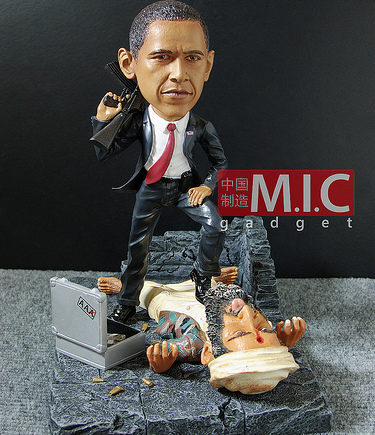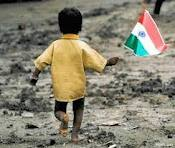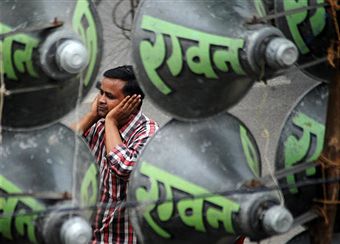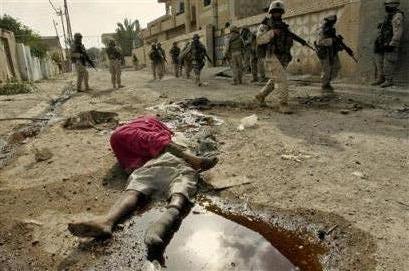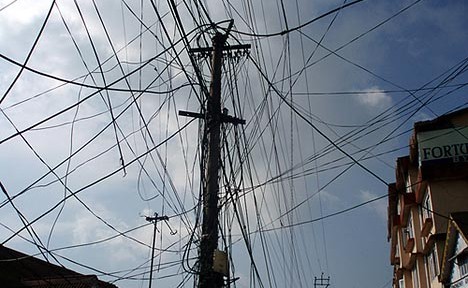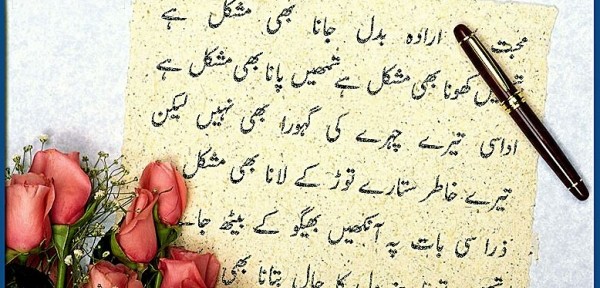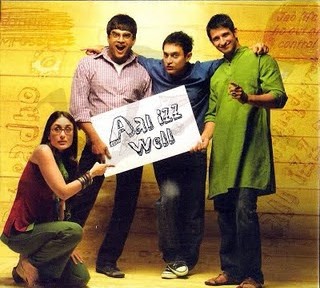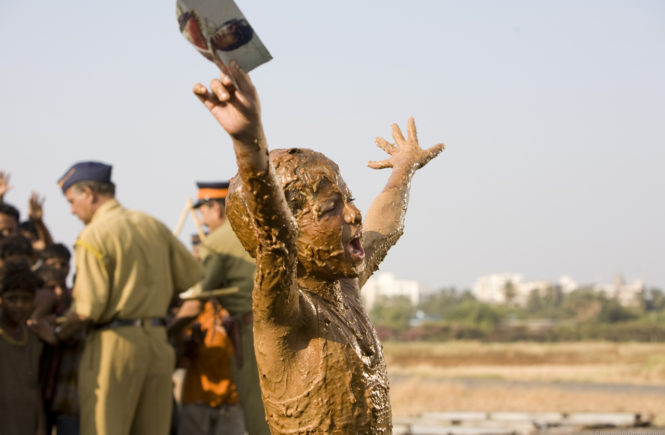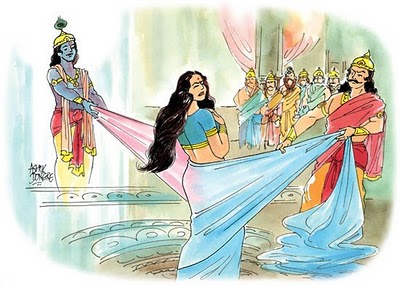They finally found him not in a cave in a mountain but in a huge mansion in Abbottabad, a few hundred metres away from Pak Military Academy. I was reminded of this scene in Mel Brooks’ Silent Movie in which they are looking for Burt Reynold’s house whilst standing in front of a huge mansion with a large sign atop the house with his name on it that even the blind would have had difficulty in missing. Obama wasted no time in taking credit for it. This was reminiscent of Al Qaeda, LeT, JeM and other terror organisations quick on the draw for taking credit for terror killings and explosions in a city square or temple.
The comparison doesn’t sound very right, is it? Well, the fact is that when Godse killed Mahatma Gandhi or James Earl Ray killed Martin Luther King or Oswald killed John F Kennedy, there was so much of contrast between the personae of the killer and the killed that the world was in total shock. A retaliatory killing of the killer was thus a non-event. He wasn’t a hero by any stretch of imagination. However, in the present case by defining the terrorist act of 9/11 as ‘War on America’ and later the retaliatory actions as (Global) War on Terror, both the players had become adversaries or contenders in War, bringing them, willy-nilly, on an equal plane, except perhaps for their methods. Even in this, if the methods of one adversary are totally above-board, in keeping with international norms and UN conventions, and with due regard to unnecessary killing of civilians and innocents; then only the adversary has moral ascendance over the other. Else, if both parties follow the good old English dictum ‘Everything is fair in Love and War’, then neither party has a right to moral ascendancy or ethical superiority or jus ad bellum (justification to engage in war) or pass judgement on someone’s jus in bello (whether war conducted justly).
Ankur Sood, in an article ‘Establishing A Philosophical Foundation for the Osama Movement’ (p 112, World Affairs, Spring 2007, Vol II, No. I) brings out that all major religions (including Buddhism) admit that violence in any form may be used to resist and defeat an oppressor. Based on this philosophy, it is not just Al-Qaeda and Iranian Revolutionary struggle that find justification in indulging in violence; but, come to think of it, the so-called civilized world too. Take for example, how the US has ascribed to itself ‘the right of self-defence’ by carrying our drone strikes in Waziristan or armed struggle (by proxy) in Libya. The intrinsic thing wrong in this kind of doctrine is that if others too follow this doctrine, it would be the case of ‘an eye for an eye’ making the whole world blind.
In Oct 2010, on the eve of Obama’s visit to India (a begging bowl visit?) I wrote an article ‘Is America Losing Legitimacy of Power?’ I had given a number of examples how US obduracy, double standards, and desire to protect ‘American strategic interests’ by all available means had begun the (moral) decline of this great power. Subsequent events proved me right.
Lets come to the third part of the title: O Mama, ie, what does it mean for us in India?
Ever since the Partition, Pakistan sought to internationalise the Kashmir issue. India wanted to sort it out by mutual dialogue. Pakistan was hell bent on mediation by its ally US. Having lost in all wars it fought with India, it tried out the terrorism tool (Death by a Thousand Cuts). It had witnessed the success of it by the Mujahedeen’s (sponsored by the US) victory against the Soviets in Afghanistan. Thus, post 1989, such terrorist attacks against India increasingly became routine. Pakistan’s importance to the US was dwindling post Soviet pullout from Afghanistan. But 9/11 came as a blessing in disguise for it. The ‘no-brainer’ given to Musharraf by Bush suddenly propelled Pakistan as a leading ally in the (Global) War on Terror. India kept insisting that Pakistan was the major Originator of Terror globally but US turned blind eye towards it to facilitate its operations in Afghanistan. US was also annoyed with India for having conducted nuclear explosions three years prior to that. Pakistan enjoyed siphoning off funds from the US as “compensation” for its contribution in GWOT.
What were the side-effects of this arrangement? Well, Pakistan lost its sovereignty in exchange for promise of security and money and importance. Even before the Operation Geronimo by the US SEALS, the US forces were, at will, using Pakistan territory for launching operations either within Pakistan or in Afghanistan. Skeletons that emerge from the Pak cupboard now reveal that Pak Army was not “surprised” by these but was party to it.
Pakistan sponsored 26/11 Mumbai Attacks made US sit back and take notice of the Pakistan’s tacit involvement in the terrorist attacks; more so since it came out that the terrorists specifically targeted American tourists. However, as the David Coleman Headley episode brought out, it is India that was ‘surprised’ and not the US. Soon, American operations in Swat and Waziristan became more important than the cross-border terrorism that Pakistan was subjecting us to. Indirectly, it provided India too with ‘security’ in that as long as US was involved in AfPak, it would not tolerate Pakistan re-starting any major mischief (the Kargil variety) in Kashmir; not because of Indian interests but because it would take the focus away from US AfPak operations.
Let’s now, for a moment, turn back to Osama and Obama. It is more than likely that OBL’s presence in Pakistan did not surprise the US (come to think of it, it hardly surprised Afghanistan and India). In that case, the timing of the US operations would suggest three things: one, to tick off success and provide it with reason to pull out of Afghanistan; two, US Presidential elections next year; and three, to finally acknowledge Pakistan’s role as a major sponsor of global terrorism.
The first and third have serious ramifications for us. After the indirect deterrence provided to us is compromised, what is to afford us deterrence against full scale terrorist attacks emanating from Pakistan with, as is always the case, tacit support from Pak Army, which is dying to take the focus away from its perceived failure to protect Pak sovereignty? Post 1998, Pakistan perfected what Uday Bhaskar termed as NWET (Nuclear Weapons Enabled Terrorism). In the face of it, India, very quickly lost the deterrence value of its own nuclear arsenal by NFU doctrine, ambiguous statements and capability to absorb nonsense emanating from across the border. Deterrence value of Pak nuclear weapons was, however, enhanced by its irrationality and proven irresponsibility.
So then what is the solution?
I think the first step is a realisation that US is neither a solution nor the enabler of one, despite the current change of heart in US media about India. The second more difficult step is to convince Pakistan of the same. It would appear shocking, at first glance, but, despite their failure, Pakistanis are our ilk. Perhaps if we were to make our democracies (of/by/for ‘common’ people) more representational and stronger we would be better off. As far as imperialism is concerned we should endeavour to convince Pakistan to keep these forces at bay by a) Realising that they are still following the ‘divide and rule’ and to sort out our differences by ourselves b) Economic development c) Making a dream of one Asia or at least one South Asia be realised and become as strong as, say, EU. For this, politicians and strategists in both the countries have to eschew suspicion and promote people to people contacts. Recent events have provided us with a unique opportunity to pursue these goals. If we fail, it is my guess, unless I am proved totally wrong, that after Pakistan breaks up (within a decade) such a realisation will in any case seep in despite the imperialists’ efforts to ensure it does not.
